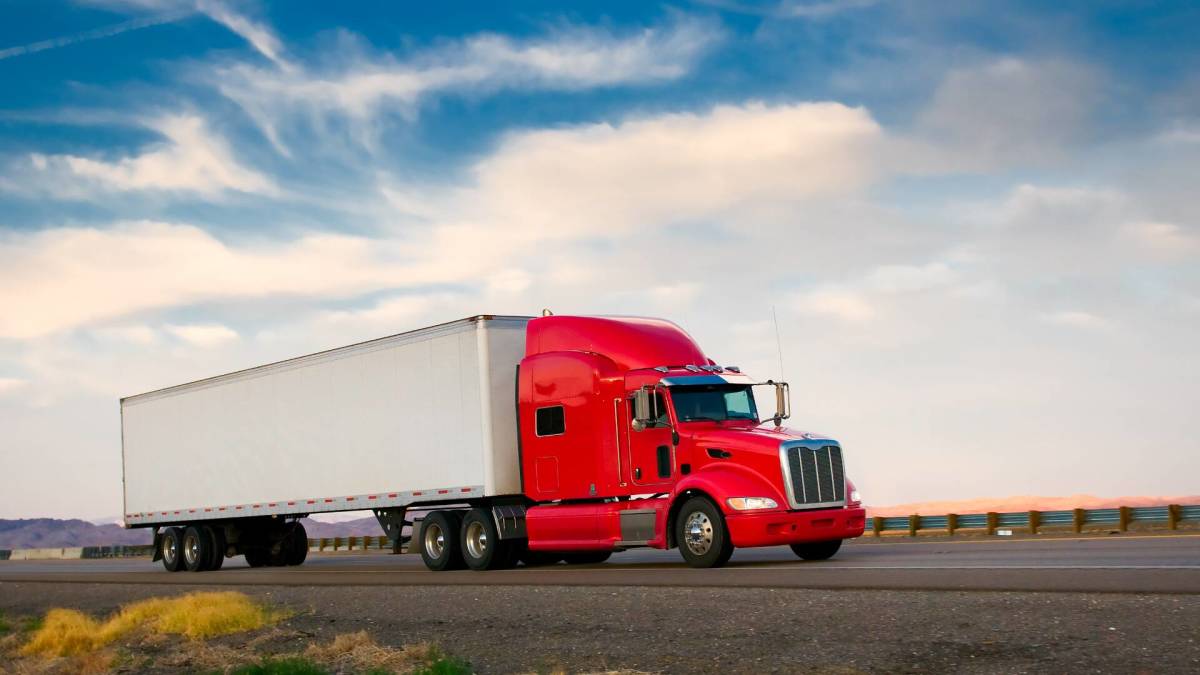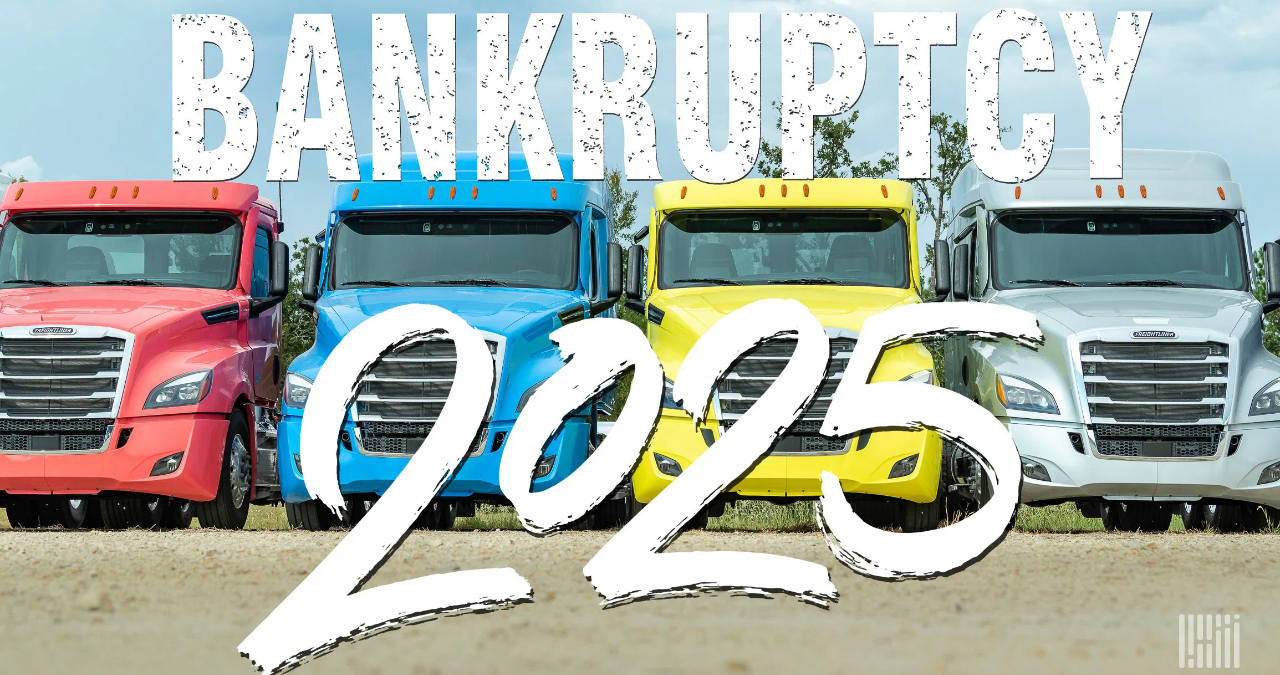Ever wondered what happens when a trucking company files Chapter 11? Here’s a deep dive into the why, how, and what comes next for trucking companies facing bankruptcy.
Understanding Chapter 11 Bankruptcy in the Trucking Industry
Chapter 11 isn’t just a buzzword you see in the news. It’s a serious legal and financial tool designed to help struggling businesses, including trucking companies, reorganize and get back on their feet. For those unfamiliar, Chapter 11 is a part of the U.S. Bankruptcy Code that allows companies to continue operating while restructuring their debts. It’s not the end—it can actually be a new beginning.
When a trucking company files Chapter 11, it doesn’t mean they’re shutting down immediately. It often means they’re looking for a way to keep the wheels turning while dealing with mounting debt, rising fuel costs, driver shortages, or even bad financial management. Filing for Chapter 11 is a way to take a pause, regroup, and come back stronger.
Many people confuse Chapter 11 with liquidation, but they are completely different. Liquidation involves selling off all assets and dissolving the company. Chapter 11, however, aims to preserve the company, its jobs, and its future. This distinction is crucial, especially in industries like trucking that are vital to supply chains and the overall economy.
Common Reasons Trucking Companies File Chapter 11
There’s no one-size-fits-all reason for a trucking company filing Chapter 11. Several contributing factors can push a company into financial distress. One major reason is rising operational costs. From skyrocketing fuel prices to expensive truck maintenance and insurance premiums, costs can spiral quickly.
Then there’s the issue of regulatory pressure. Trucking companies often face strict federal and state regulations that require constant updates in equipment and compliance measures. These updates can be costly, especially for small- to mid-sized carriers that operate on thin margins. Failure to meet these standards can result in penalties or even shutdowns, leading to financial instability.
Driver shortages are another common challenge. With fewer qualified drivers entering the industry, trucking companies may have to raise wages or offer better incentives to attract and retain talent. While this helps retain manpower, it increases overall expenses and shrinks profit margins.
Unexpected lawsuits, poor business management, failed mergers, or even economic downturns like recessions can be the final straw. All of these reasons can lead a trucking company to file Chapter 11 in hopes of finding a way out of a financial hole without shutting down entirely.
What Happens After a Trucking Company Files Chapter 11
So the trucking company files Chapter 11. What next? First, they gain what’s known as “debtor-in-possession” status. That means the company continues operating and managing its assets under court supervision while it works on a reorganization plan.
This plan will typically outline how the company intends to repay its debts over time. It may involve renegotiating contracts, cutting unnecessary costs, and even selling off non-core assets. Creditors have to vote on this plan, and the bankruptcy court must approve it. It’s a complex but structured process.
Meanwhile, suppliers, customers, and employees are often on edge. Many wonder if the company will survive or go under. That uncertainty can be tough, but a well-managed Chapter 11 can actually reassure stakeholders. It shows that the company is taking active steps to fix its issues and come back stronger.
In some cases, companies emerge from Chapter 11 leaner, smarter, and more financially stable. They learn from past mistakes, build better business models, and come back ready to thrive. Others, however, may eventually convert their case to Chapter 7 (liquidation) if the reorganization fails.
The Impact on Employees and Drivers
When a trucking company files Chapter 11, employees and drivers are often the first to feel the stress. Their first concern is usually whether they’ll still have jobs. In many cases, the answer is yes—at least initially.
Under Chapter 11, companies typically keep running as usual while they sort things out. That means truckers are still driving, dispatchers are still coordinating routes, and maintenance crews are still working. However, there may be changes like delayed payrolls, reduced hours, or benefit cuts as the company tries to manage costs.
Communication is key here. A company that keeps its employees informed and involved in the process tends to have better morale and smoother operations during bankruptcy. Unfortunately, not all companies excel at this, leading to confusion and frustration among the workforce.
Over the long term, the fate of employees depends on how well the reorganization goes. If the company successfully emerges from Chapter 11, many jobs may be saved. If not, layoffs and job losses become inevitable.
The Role of Creditors and Stakeholders

When a trucking company files Chapter 11, it’s not just the company and employees who are affected. Creditors play a huge role in the process. These include banks, suppliers, leasing companies, and even independent contractors who may be owed money.
Once the company files, creditors are temporarily barred from collecting debts. This legal shield gives the company time to propose a repayment plan. Creditors then review this plan, and if enough agree, the court can approve it. If not, things get messy and could head toward liquidation.
Stakeholders like customers and business partners also have to navigate uncertainty. They might wonder whether their shipments will arrive on time or if their contracts are still valid. Many companies reassure their clients by emphasizing continuity and transparency throughout the bankruptcy proceedings.
Risks and Challenges During Chapter 11
Filing for Chapter 11 doesn’t guarantee success. There are many risks involved, especially for trucking companies operating on tight margins. One major challenge is cash flow. Keeping trucks on the road while under court protection still requires money—for fuel, repairs, wages, and more.
Another risk is loss of trust. Clients may pull out of contracts, and suppliers might demand upfront payment. These reactions can further strain finances. Competitors could also take advantage of the situation to lure away drivers or customers.
The company also has to spend time and money on legal fees, financial advisors, and court proceedings. All of this takes energy away from daily operations. If management isn’t strong or focused, the reorganization can fail, leading to eventual shutdown.
But despite these risks, many companies have successfully navigated Chapter 11. With strong leadership and a solid plan, it’s possible to turn things around.
Real-World Examples of Trucking Companies Filing Chapter 11
Over the years, many trucking companies have filed Chapter 11. Some went under, while others made impressive comebacks. These real-life cases help us understand how different companies handle bankruptcy.
Take Celadon Group, for instance. Once a major player in the North American trucking scene, Celadon faced multiple legal and financial troubles. They filed Chapter 11 in an attempt to restructure, but eventually had to liquidate. The case shook the industry and put thousands out of work.
On the flip side, USA Truck managed to recover from severe financial setbacks. Their Chapter 11 filing helped them reorganize, cut costs, and focus on core business operations. Today, they’re a leaner and more efficient organization.
These contrasting stories show that Chapter 11 isn’t a guaranteed win or loss. It all comes down to execution, leadership, and timing.
How to Prevent the Need for Chapter 11
Avoiding bankruptcy altogether is, of course, the best strategy. Trucking companies can take several proactive steps to avoid filing Chapter 11. First, good financial planning is crucial. That means monitoring expenses, budgeting for emergencies, and avoiding unnecessary debt.
Second, companies should invest in technology. GPS tracking, electronic logging devices (ELDs), and fleet management software can increase efficiency and reduce costs. These tools also help companies stay compliant with regulations.
Third, maintaining strong relationships with employees, clients, and creditors can go a long way. Open communication builds trust and can provide more flexibility when times get tough.
Finally, leadership needs to stay adaptable. The trucking industry changes rapidly. Companies that are willing to evolve, explore new markets, and rethink old habits are less likely to find themselves filing Chapter 11.
Quotes From Industry Experts
“Chapter 11 isn’t a failure—it’s a strategy. For many companies, it’s the reset they need to get back on track.” — Freight Analyst, Thomas Leclair
“The key to surviving Chapter 11 is transparency. If you hide problems, they grow. If you address them, you can recover.” — Bankruptcy Attorney, Melissa Raines
“A trucking company filing Chapter 11 is a sign of broader challenges in logistics and the economy, not just individual missteps.” — Transport Economist, Carla Munoz
Frequently Asked Questions
What does it mean when a trucking company files Chapter 11?
It means the company is using a legal process to restructure its debts while continuing to operate. It’s not the same as shutting down.
Do employees lose their jobs when a company files Chapter 11?
Not necessarily. Most companies continue operations, and many employees keep working while the company reorganizes.
Is Chapter 11 the same as going out of business?
No, Chapter 11 is about staying in business while resolving financial issues. Companies that file Chapter 11 aim to survive and thrive.
Can customers still rely on a trucking company that filed Chapter 11?
Yes, many companies continue fulfilling contracts and delivering goods during bankruptcy. They may even become more reliable as they restructure.
How long does the Chapter 11 process take?
It varies. Some companies resolve things in a few months; others take years. The complexity of the case and creditor cooperation play big roles.
Why do so many trucking companies face financial trouble?
Because they operate on tight margins and face volatile costs like fuel, insurance, and labor. A small hiccup can turn into a big problem fast.
Can a trucking company recover from Chapter 11?
Absolutely. Many companies use it as a chance to reorganize and come back stronger. But success depends on leadership and execution.
Conclusion: Rolling Through the Storm
When a trucking company files Chapter 11, it’s not the end of the road. It’s more like a detour—a tough but necessary route that can lead to a stronger future. The process is challenging, no doubt, but with smart planning, open communication, and a bit of grit, companies can roll through the storm and keep moving forward.
If there’s one takeaway here, it’s this: Chapter 11 isn’t just a legal term. It’s a real-life strategy that gives companies the breathing room they need to survive and adapt in an ever-changing industry. And in trucking, as in life, sometimes you need to hit the brakes before you can speed up again.




